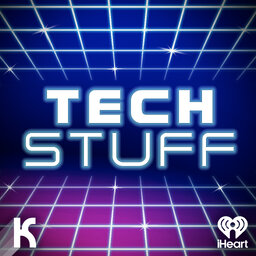The End of iTunes
There's no doubt that iTunes changed the fortunes of Apple. So why did the company announce in 2019 that it was discontinuing the venerable program? We learn about how feature creep and a changing marketplace spelled the end of iTunes.
Learn more about your ad-choices at https://www.iheartpodcastnetwork.com
 TechStuff
TechStuff


